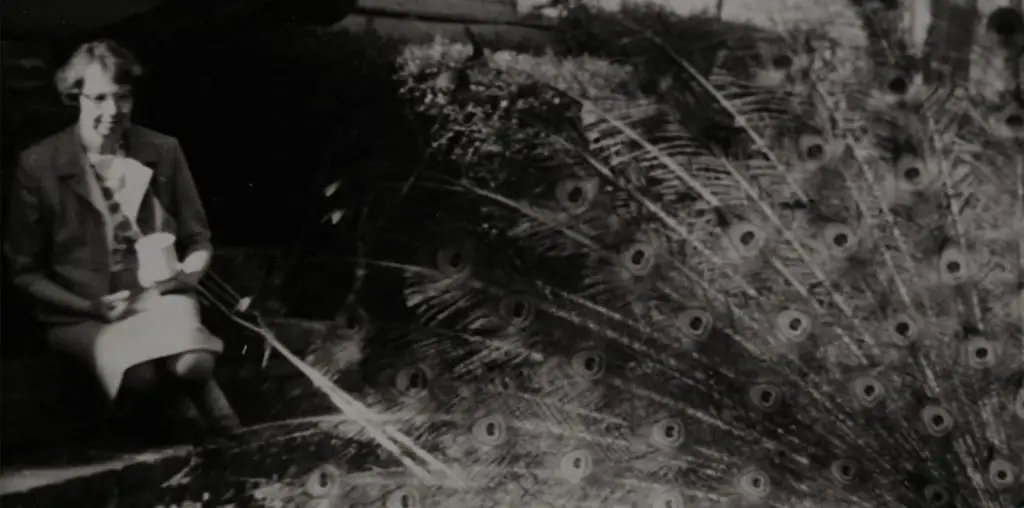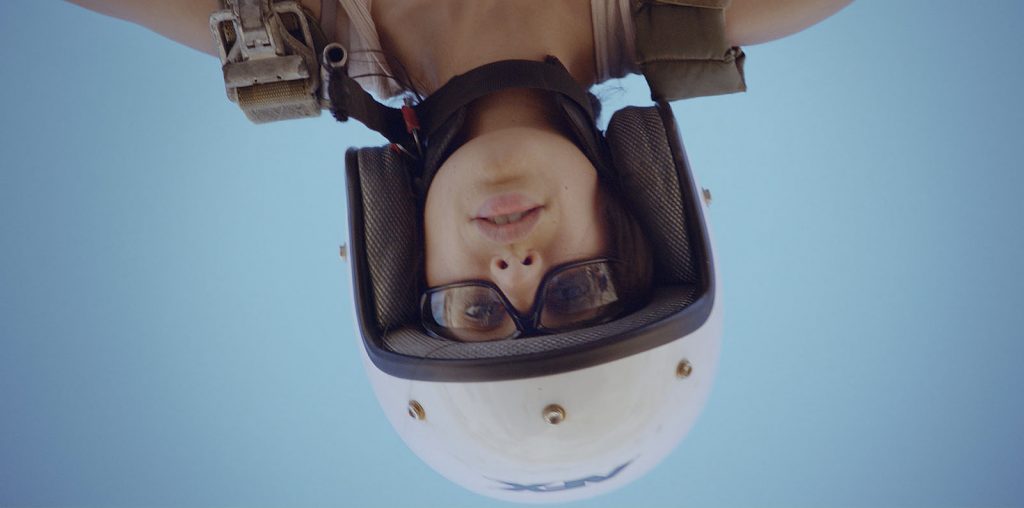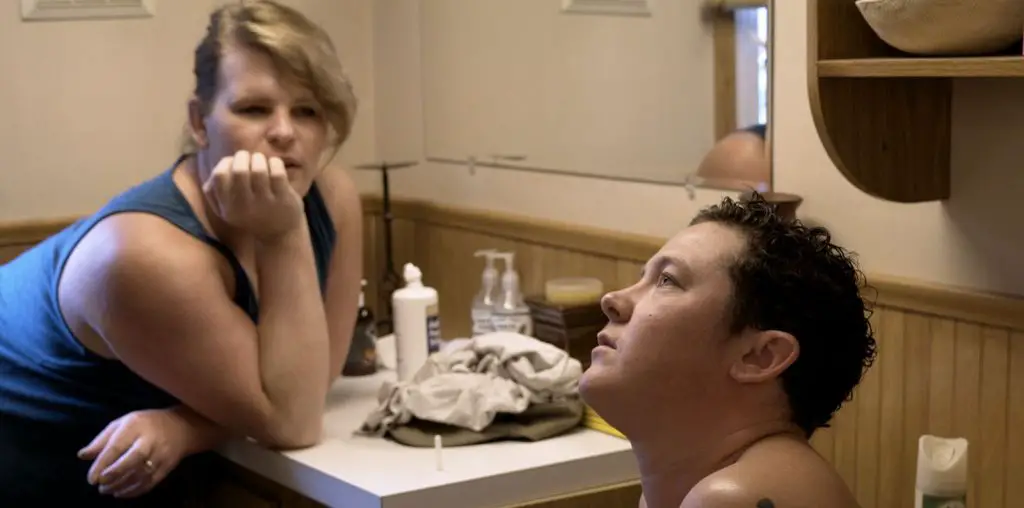
His story in New York gets inherently more fascinating when Adams meets Philip Seymour Hoffman at The Actor’s Space in 1992. They become friends and rent out an apartment together in Park Slope, Brooklyn, for two years. The zippy animation vitalizes the narration of events, paired with photographs attesting to the fact that Adams and Hoffman were friends.
For years, Adams avoided home, only to end up returning more forgiving and understanding than ever before. Woefully, his mother died, and her death prompts him to consider how much he loved and hated her. Adams even attempted to probe his mother’s behavior based on how her father, who was diagnosed with PTSD, was incredibly acrid and stern.
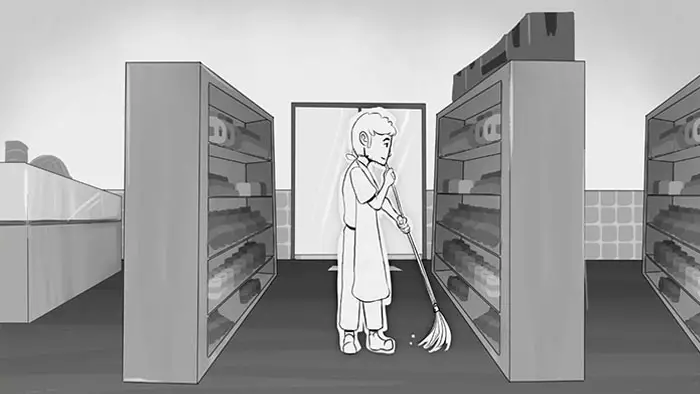
“…explores the subject…with whimsy and intimacy.”
A toxic upbringing can negatively impact a person’s mentality and identity. Perhaps the child will assume the crooked teachings and dispositions of their tetchy parent(s) and exercise them on their own children, unwittingly preserving the detrimental cycle. While Adams made his dislike of his mother lucid, he still mourns her death, and there will always be a part of him that’ll love her. The complicated relationship between them is empathetically dealt with.
By utilizing mixed-media, Imelda O’Reilly explores the subject of Malcolm Adams with whimsy and intimacy. The breathtaking scenery of Ireland is beautifully captured by Joe Foley’s graceful cinematography, which is only ever quivering when it centers on the main subject wandering the streets of Ireland or New York.
The playful animation injects the documentary with more vim, at one point depicting a Travis Bickle lookalike in reference to the ubiquitous crime in New York. Tumbling Towards Home skillfully portrays Malcolm Adams’ need for clarity and direction, despite tumbling toward an abrupt conclusion.
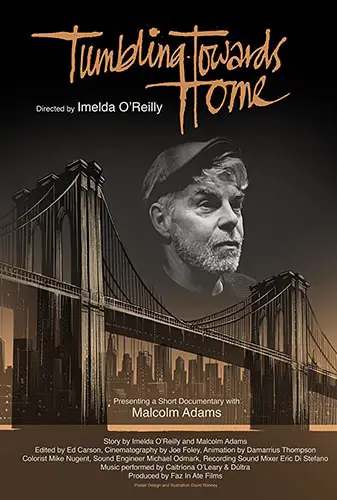
"…the playful animation injects the documentary with more vim..."
